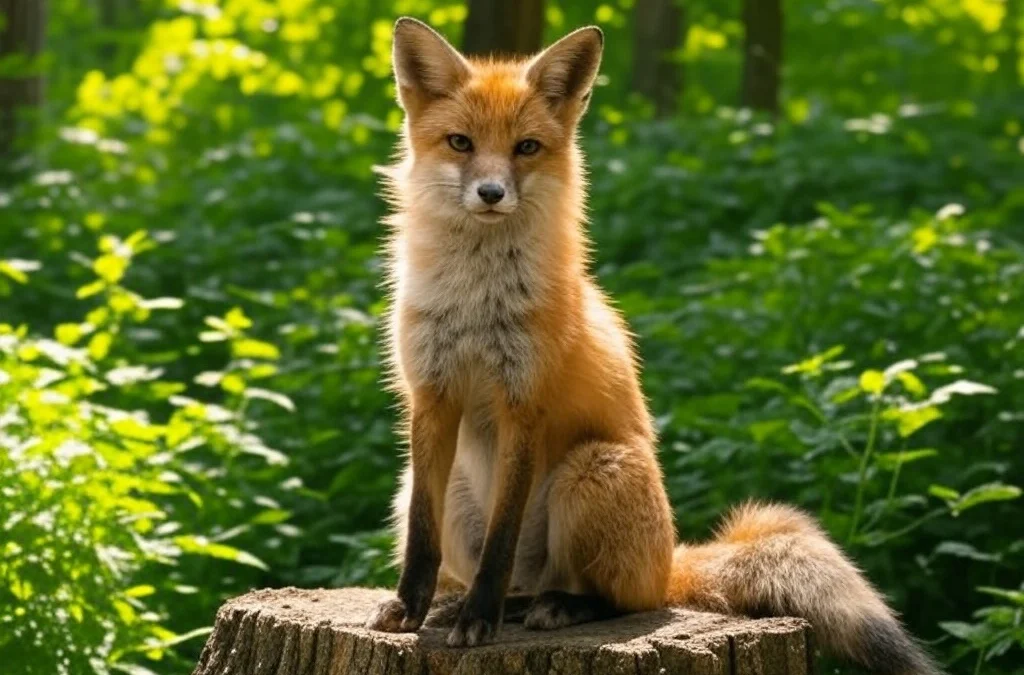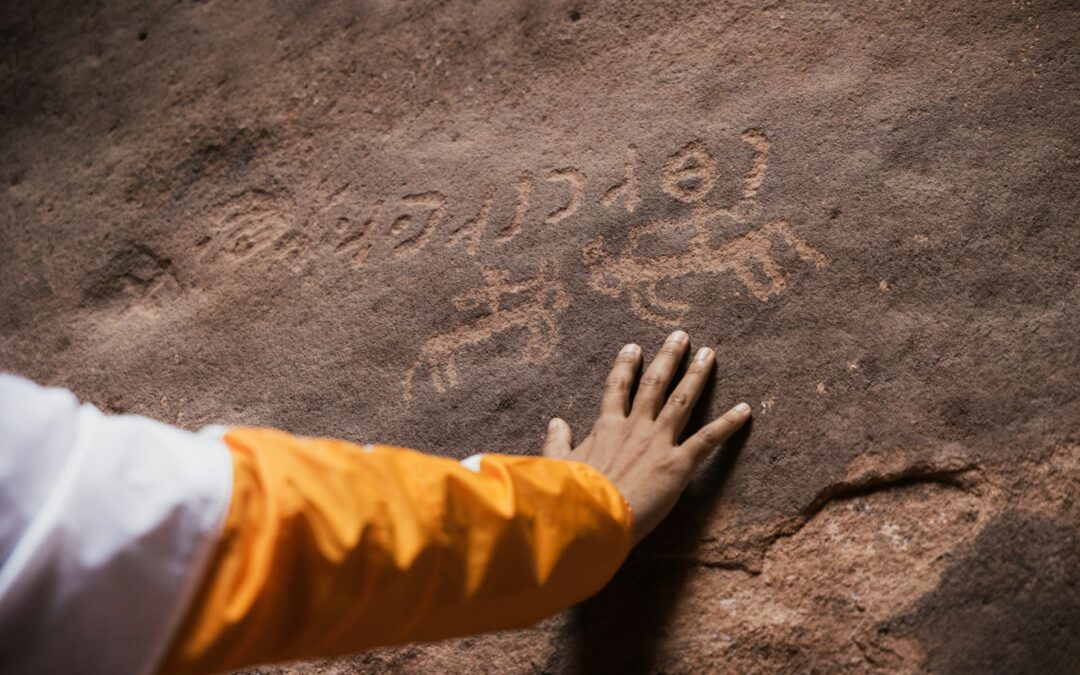Archaic traditions are the ancient customs and rituals that shaped the lives of early human societies. These traditions were passed down through generations and were central to how people understood the world around them. From worshipping the sun to making sacrifices to the gods, these practices were deeply rooted in the belief systems of the time. They helped communities explain natural events, celebrate important life milestones, and stay connected to their ancestors.
In this article, we’ll explore 30 examples of these fascinating archaic traditions. Each one reveals something unique about how early civilizations lived, what they valued, and how they saw their place in the universe. Whether it’s the rituals they performed or the gods they worshipped, these traditions offer a glimpse into the rich and complex world of our ancestors.
What is Archaic Tradition?
Archaic Tradition refers to the ancient customs, beliefs, rituals, and practices that were integral to early human societies. These traditions often involved religious rituals, mythological stories, and sacred rites passed down through generations. Archaic traditions are characterized by their deep connection to nature, the worship of multiple deities, ancestor veneration, and the use of symbolic rituals to explain and interact with the world. They played a crucial role in shaping the cultural identity and social structure of early civilizations, reflecting humanity’s attempt to understand and influence natural and supernatural forces.
30 Archaic Traditions Examples & Explanation
1. Totemism
Totemism is a belief in a mystical relationship between humans and natural elements, often animals. Each clan or tribe identifies with a specific totem, which they believe protects them.
2. Shamanism
Shamans, are regarded as intermediaries between the physical and spiritual worlds. They use rituals, trances, and medicinal herbs to heal the sick and communicate with spirits.
3. Ancestor Worship
In many ancient cultures, it was believed that deceased ancestors had the power to influence the living. Regular offerings were made to appease these spirits and seek their blessings.
4. Rite of Passage
These are ceremonies that mark an individual’s transition from one stage of life to another, such as birth, adulthood, marriage, and death. They often involve rituals and sacrifices.
5. Animism
Animism is the belief that all objects, places, and creatures possess a distinct spiritual essence. This view attributes souls to animals, plants, rivers, and even rocks.
6. Human Sacrifice
In certain archaic traditions, human sacrifices were made to gods to appease them or to ensure a bountiful harvest. The victims were often slaves, prisoners, or volunteers.
7. Burial Customs
Ancient burial practices often included burying the dead with valuable items or food. It was believed these would be needed in the afterlife.
8. Sun Worship
Many archaic civilizations worshipped the sun as the most powerful deity, believing it was the source of all life. They built temples and offered sacrifices to honor it.
9. Fertility Rituals
These were ceremonies aimed at ensuring the fertility of the land, animals, and people. They often involved dances, symbolic gestures, and offerings.
10. Sacred Groves
Sacred groves were areas of forest or woodland deemed holy. They were often sites for worship, offerings, and were protected by strict taboos against cutting trees or hunting.
11. Creation Myths
Every culture has its own myth explaining how the world and humans came to exist. These myths are deeply intertwined with the culture’s religious beliefs.
12. Divination
The practice of seeking knowledge of the future or the unknown by supernatural means. Common methods included reading animal entrails, casting lots, or interpreting dreams.
13. Initiation Rites
These are rituals that induct individuals into a group, often involving tests of endurance, skill, or knowledge. They symbolize the individual’s new status within the community.
14. Totemic Clan System
In some societies, clans were formed around a common totem, which members believed descended from a common ancestor represented by the totem animal.
15. Polytheism
The worship of many gods, each with specific attributes, roles, and responsibilities. This belief system was common in ancient Greece, Rome, and Egypt.
16. Sky Burial
Practiced in Tibet and Mongolia, sky burial involves leaving the dead exposed to the elements and scavenging birds. It reflects the belief in the impermanence of life.
17. Seasonal Festivals
These festivals mark the changing of seasons and are often tied to agricultural cycles. They usually involve communal feasting, dancing, and sacrifices.
18. Dream Interpretation
In many ancient cultures, dreams were seen as messages from the gods or the dead. Special individuals, often priests, were tasked with interpreting these dreams.
19. Taboos
Taboos are prohibitions against certain actions or behaviors that are considered sacred or cursed. Violating a taboo could bring misfortune or divine retribution.
20. Veneration of Natural Elements
In many traditions, elements like water, fire, and wind were considered sacred. Rituals were performed to honor these elements and maintain balance in nature.
21. Blood Oaths
Swearing a blood oath involved mixing one’s blood with another’s to seal a pact or agreement. It was believed to create an unbreakable bond between the parties.
22. Cave Art
Early humans created cave paintings depicting animals, hunting scenes, and symbolic images. These artworks are believed to have had religious or ritual significance.
23. Oracle Bones
In ancient China, people used oracle bones for divination. Questions were inscribed on bones, which were then heated until they cracked. The cracks were interpreted as answers.
24. Fire Rituals
Fire has long been a symbol of purity and power. Rituals involving fire were common in many cultures, often to cleanse, purify, or protect.
25. Mummification
Practiced in ancient Egypt, mummification preserved the body for the afterlife. It reflected the belief in an eternal soul that would need its physical body.
26. Scarification
Some cultures practiced scarification, creating permanent scars on the body for aesthetic, ritual, or identification purposes. It was seen as a rite of passage.
27. Sun Dance
A ritual practiced by some Native American tribes, the Sun Dance involved fasting, dancing, and sometimes self-torture. It was a way to seek spiritual visions or favor from the gods.
28. Rainmaking Rituals
In drought-prone areas, rituals were performed to invoke rain. These often involved dances, songs, and offerings to the gods of weather.
29. Ziggurats
Ziggurats were massive structures built in ancient Mesopotamia as temples for the gods. They symbolized a bridge between heaven and earth.
30. Sacred Kingship
In many archaic societies, the king was considered divine or semi-divine. His rule was legitimized by the gods, and he often performed religious functions on behalf of the people.
What Defines Something as Archaic?
What makes something archaic is its connection to a time long past, preserved in its original form while the world around it has evolved. The term “archaic” refers to practices, objects, or ideas that belong to an earlier period and now seem out of place in the modern world. These are relics of a different era, when societies operated under different norms, technologies, and worldviews.
To be considered archaic, something must retain characteristics that were common in its original context but have since become outdated. This could be a word or phrase once widely used but now sounds old-fashioned, or a tradition that was central to a community but now survives only in isolated contexts. Archaic elements offer a glimpse into how people lived, thought, and interacted in the past, but they also highlight the distance between then and now—underscoring the progress that has taken place. What makes something archaic isn’t just its age but its ability to remind us of a world that has largely disappeared.
What Are Some of the Oldest Traditions?
Some of the oldest traditions in human history offer a window into the early beliefs, values, and social structures that shaped ancient civilizations. These traditions, rooted in the daily lives and spiritual practices of our ancestors, have persisted in various forms over millennia, influencing cultures across the globe. Among these, ancestor worship stands out as one of the most enduring. Early humans believed that the spirits of the deceased could impact the living, either by offering protection or causing harm. This led to the widespread practice of making offerings to appease these spirits, a tradition still observed in various cultures today, from the Chinese Qingming Festival to the Mexican Día de los Muertos.
Another ancient tradition is the use of ritualistic sacrifices, often to deities believed to control the forces of nature or the fate of a community. The ancient Aztecs, for instance, conducted elaborate ceremonies involving human sacrifices to please their gods, a practice that was believed to ensure the continuity of the world. Similarly, animal sacrifices were common in many ancient cultures, including the Greeks and Romans, who offered them to gods in exchange for favors or to avert disaster.
Totemism is another ancient tradition that reflects humanity’s deep connection to nature. Many indigenous cultures believed that they were descended from a particular animal or plant, which served as a totem. This totem was revered and often depicted in art and symbols, representing the community’s identity and spiritual connection to the natural world. The belief in totems provided a framework for understanding the human relationship with nature, and these symbols became integral to the social and religious life of these communities.
Finally, burial customs reveal much about the earliest human societies. The way people treated their dead, often with great reverence, indicates a belief in an afterlife or in the continued presence of the deceased within the community. The elaborate tombs of ancient Egypt, the pyramids being the most famous, were not just grand displays of power but also expressions of deep religious beliefs about the journey after death. These traditions, while varying in form and significance, underscore a common human desire to connect with forces beyond the tangible world, to seek protection, favor, and understanding from the divine, and to establish a sense of order and continuity in the face of life’s uncertainties.
Read also: Top 20 Pluralism Examples & Definition
The Most Popular on BitGlint

40 Social Dilemma Examples in the World & Real Life
Social dilemmas are everywhere. They shape the choices we make at work, in our communities, and even on a global...

30 Favor Examples & Definition
Doing a favor means helping someone without expecting anything in return. It’s an act of kindness that can strengthen...

30 Naivety Examples & Definition
Naivety is something most people experience at some point in their lives. It often starts in childhood, but for some,...

20 Chronology Examples & Meaning
Chronology is something we use more than we realize. It shows up in conversations, in how we remember the past, and in...

30 Wishful Thinking Examples & Meaning
Wishful thinking is something we all do at some point. You hope things will turn out fine—even if there’s no real...

20 Examples of Gravity & What Gravity Really Is
Gravity is one of the most important forces in the universe, but many people don’t fully understand what it really is...

20 Examples of Secondary Consumers in the Food Chain
Secondary consumers are animals that eat other animals—usually herbivores that feed on plants. They’re an important...
Get Inspired with BitGlint
The Latest
30 Flow State Examples & Definition
Most people have felt it at some point — that rare moment when everything just clicks. You're working, moving, or thinking, and suddenly it's like the rest of the world fades out. You're focused, clear, and everything you're doing feels smooth and natural. That’s...

30 Cynicism Examples in Everyday Life & Definition
Cynicism is something most people have seen, heard, or even felt - but few stop to really think about what it means. It shows up in jokes, in conversations, and in quiet thoughts we don’t always say out loud. Some people wear it like armor. Others see it as honesty....
50 Examples of Square Things
Square things are part of everyday life, even if we don’t always think about them. From objects we use at home to tools, packaging, and design elements we see out in the world, the square shape is everywhere. It’s simple, balanced, and practical — which is exactly why...
20 Hinduism Examples: Symbols, Gods & Core Beliefs
Hinduism is practiced by over a billion of people every day - but for those unfamiliar with it, it can seem complex or even confusing. With its many gods, rituals, and traditions, it raises a lot of questions. What do Hindus actually believe? What are the main...

